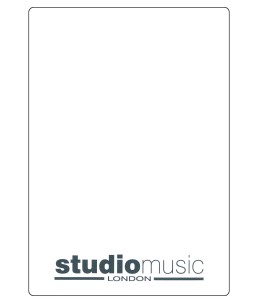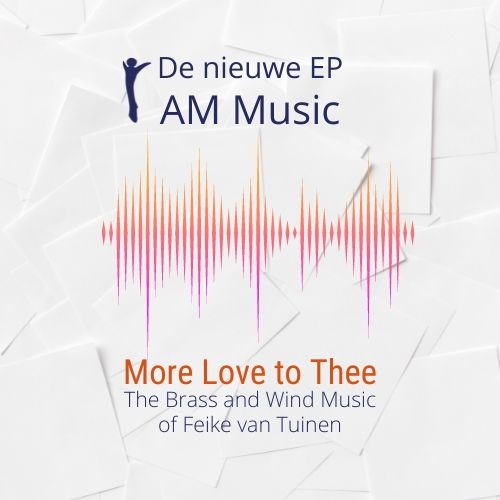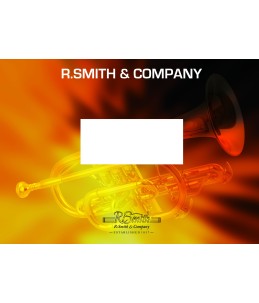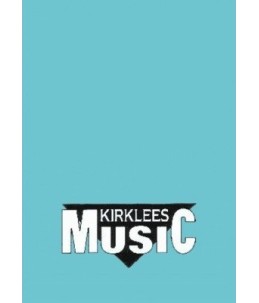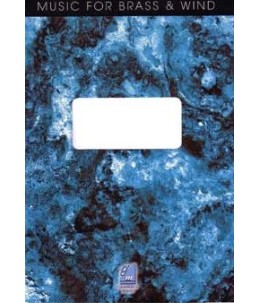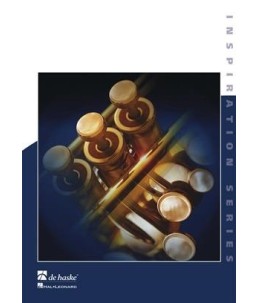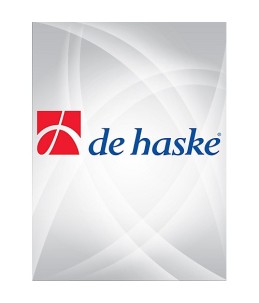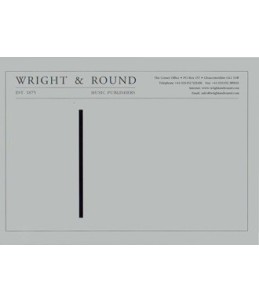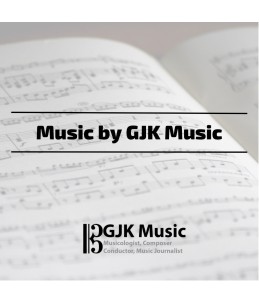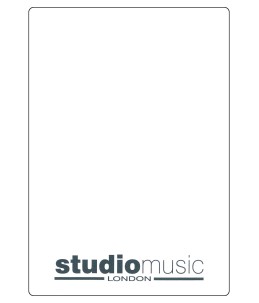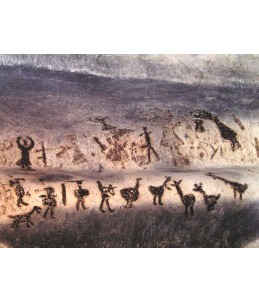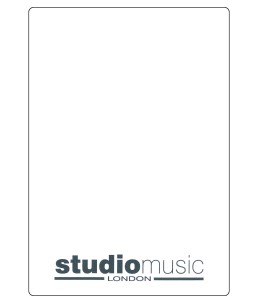Such scores date from the very beginnings of band repertory and are often not direct arrangements in the established sense but new compositions produced in homage to a past master. They may still offer performers and audience alike something familiar interwoven with something new.
My own piece reuses some elements from the original story:
• . .Falstaff has been caught in a web of his own lies by the ladies of the town, who propose to teach him a lesson. The story opens at night in Windsor Great Park. The plotters, variously disguised in Hallowe’en fashion (as fairies,elves hobgoblins etc!) assemble in the park to await Falstaff’s arrival (musicologists will, perhaps, note a rare use of ‘large bottle in F’ being used during this scene of suppressed alcoholic revelry!). Falstaff’s companions, Bardolph,Piston and Robin, enter (represented here by the three trombones!), and are variously abused by the masqueraders.
At the height of the Tout an alarm sounds and Falstaff (euphonium cadenza) enters as Midnight strikes. From a safe hiding place he watches as the disguised Nanetta (principal comet) sings a serene solo as the moon appcars above the trees.
With sudden force the others seize him and drag him from his hiding place. As in the traditional game ‘Blind Man’s Buff’, he is roughly turned seven times (a sequence of solo accelerandi) until, at last, he recognizes his assailants as his sometime friends. Far from complaining, Verdi’s character concludes the opera with a good-humoured fugue on the words....
‘All the World’s a Joke... Every mortal laughs at the others,
But he laughs best who has the final laugh.
Philip Wilby.

